Gold Medal for our Reblochon Fermier AOP!

It is at 1647 meters of elevation, on the Beauregard plateau above the Clusaz (Haute-Savoie), that Jean-Francois Paccard takes us to meet the Veyrat family, our producer of farmstead reblochon, of which each batch is specifically selected for our needs.
It is 8:00 am, Jean-Paul, his wife Françoise and Maxime, their son are all at work already. The 40 cow herd has already left the milking parlor to reach the 52 hectares of luscious grasslands that surround the farm.
Françoise, who has honed her cheese making skills with Jean-Paul's mother, welcomes us to her production area. She has just transformed the morning milk into 80, still dripping, Reblochons. (See photo below).
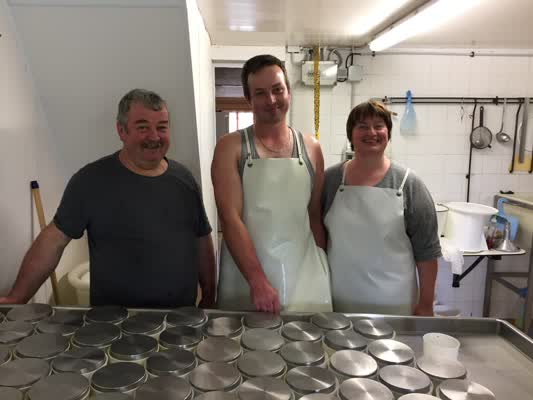 |
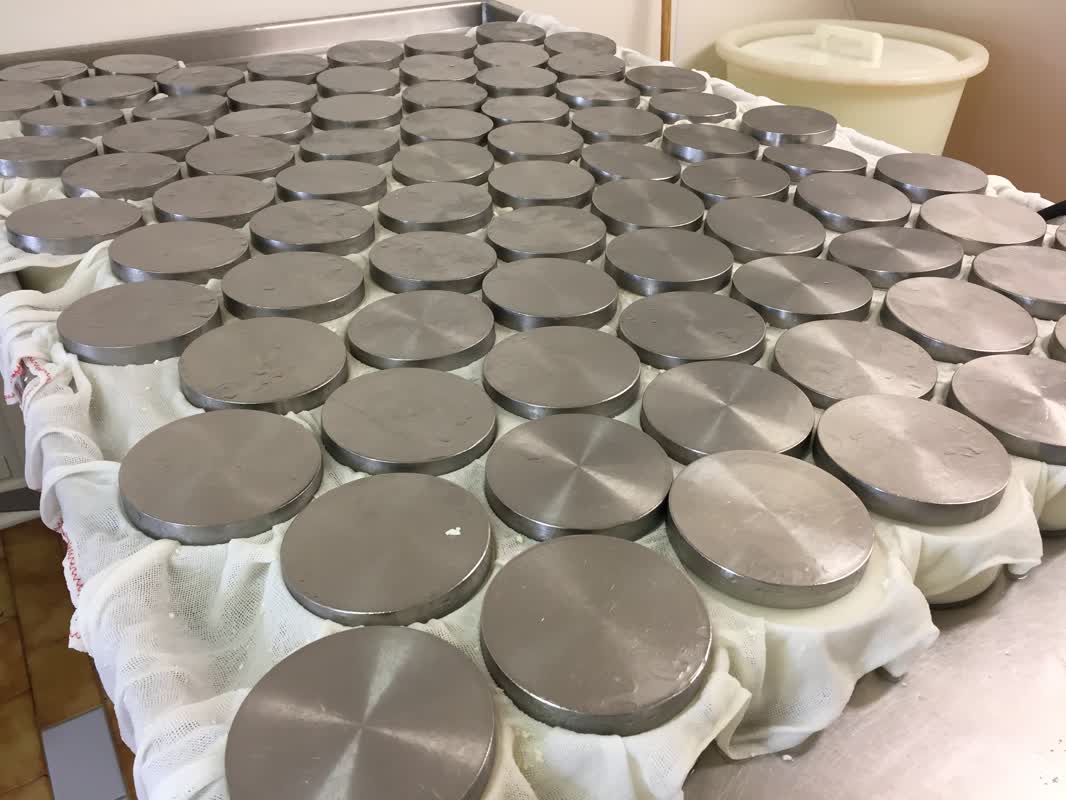 |
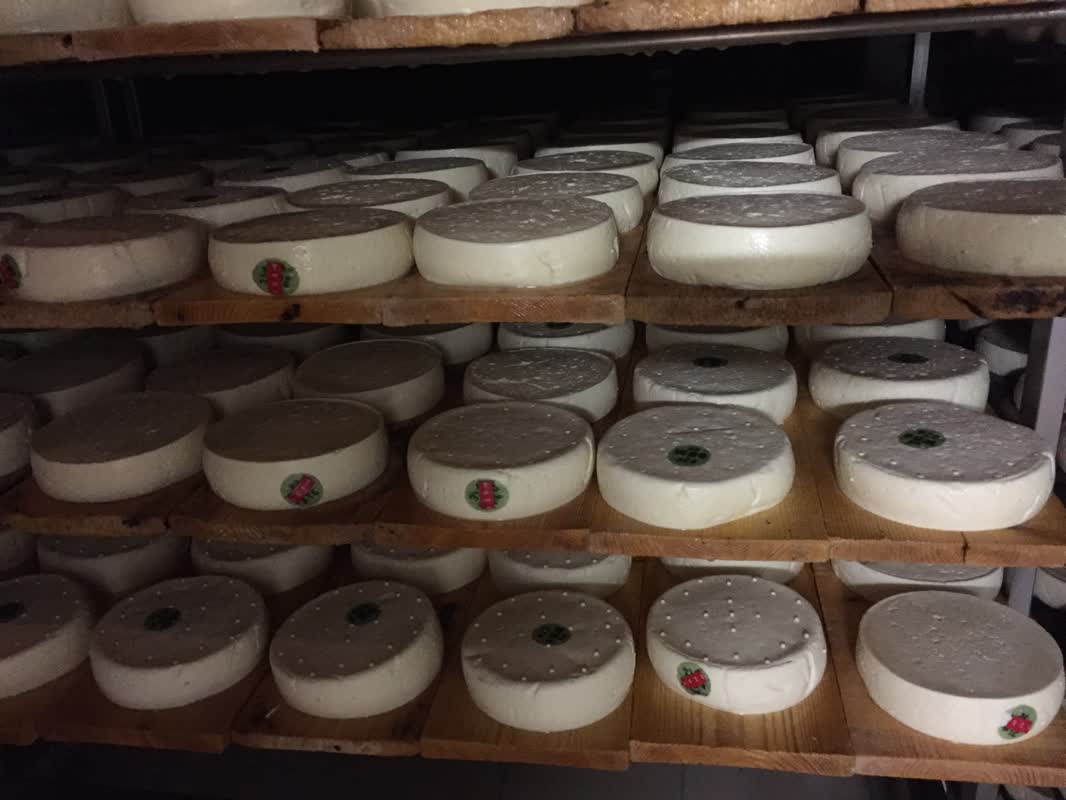 |
Maxime, the family farm’s successor, helps his father with farm chores and also helps Francoise in the manufacturing process. As busy as they are, the Veyrats still take time to make their own butter using the fresh cream of the day. The family also makes a small tomme of goat with the production issued from the 15 goats they have, also in high elevation from May to September.
Our Farmstead Reblochons are aged for 10-12 days before they are brought down to Manigod at Jean-Francois and Bertrand Paccard’s facility for the remaining of the ageing process.
As soon as they are delivered, Bertrand takes care of the counting and the quality control of the products which will then, spend approximately 3 to 4 weeks in their underground cellars.
Once they’ve passed through the machine for wetting and polishing, the Reblochon will be carefully placed on boards made from spruce trees of the forests of Haute-Savoie and regularly turned to achieve the perfect shape and ripening.
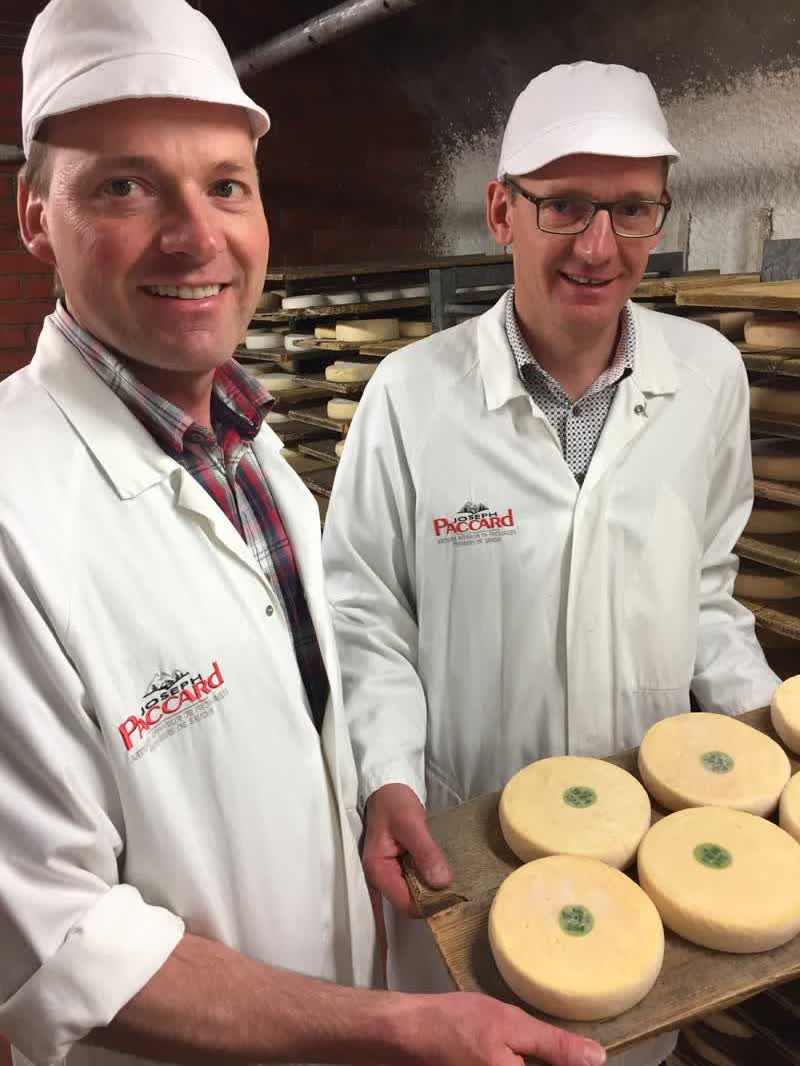
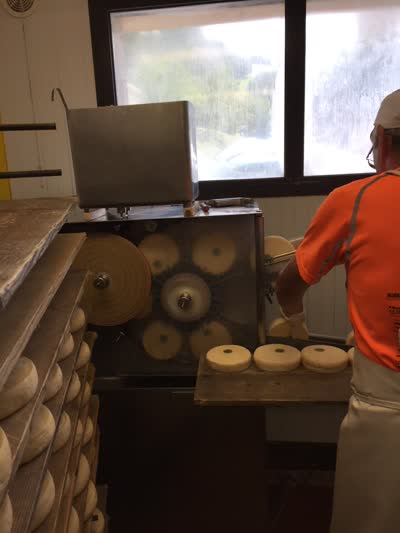
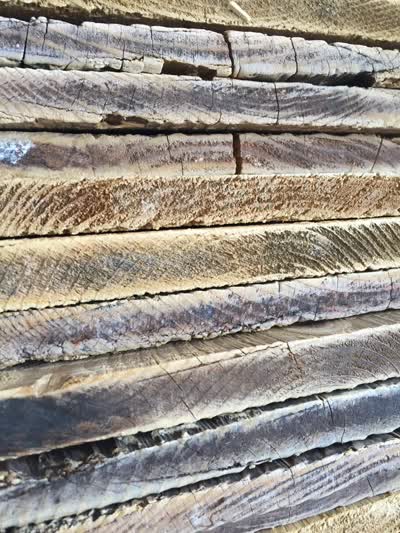
The Reblochon first appeared in the 13th century in the Thônes valley, in Haute-Savoie. At that time, the farmer was required to give his landlord a portion of his milk production. On the day the owner usually came to collect the milk, the farmer would sometimes only partially milk the herd and the minute the land owner left, the farmer finished the milking. This milk issued of the second milking, had a high fat content and was used to make the cheese they named "Reblochon" because to "re-bloch" in Savoyard means to pinch the udder of the cow a second time.

